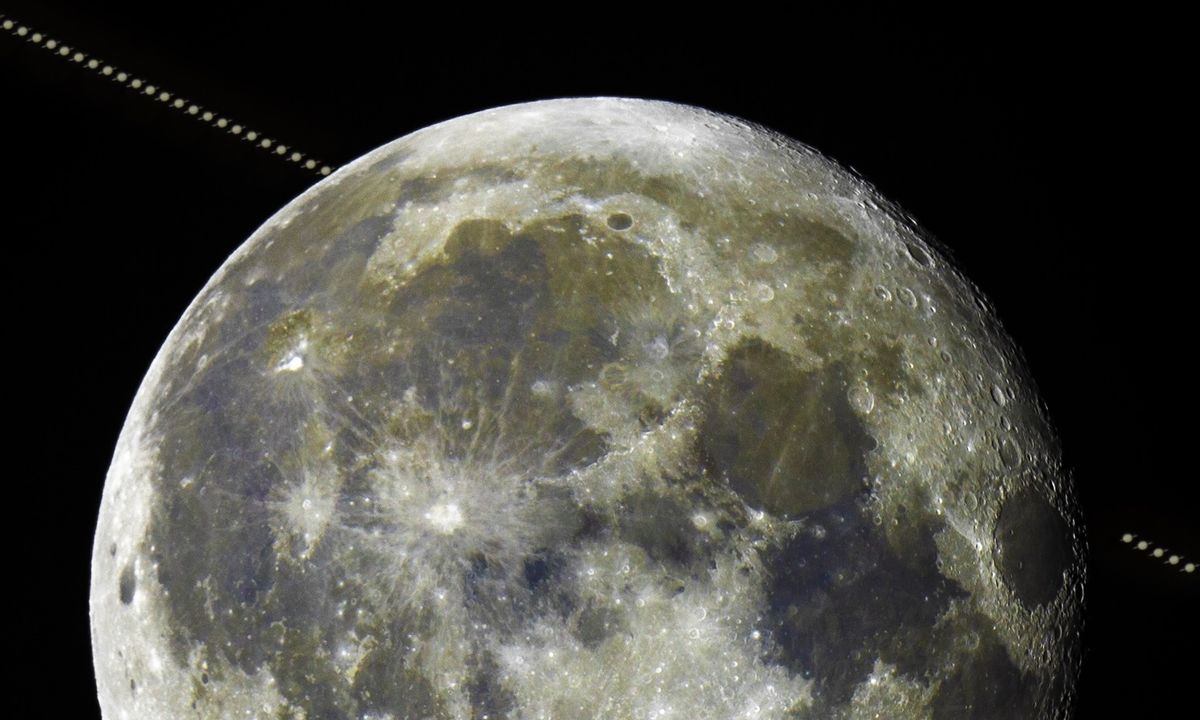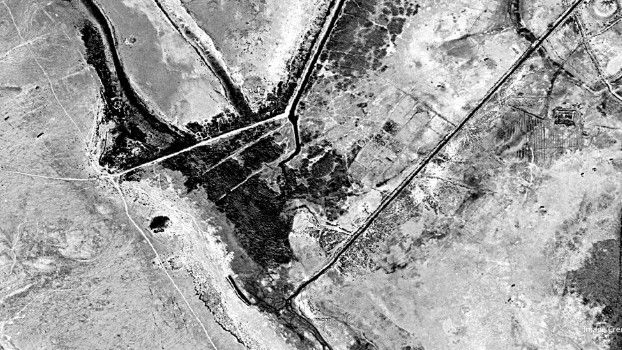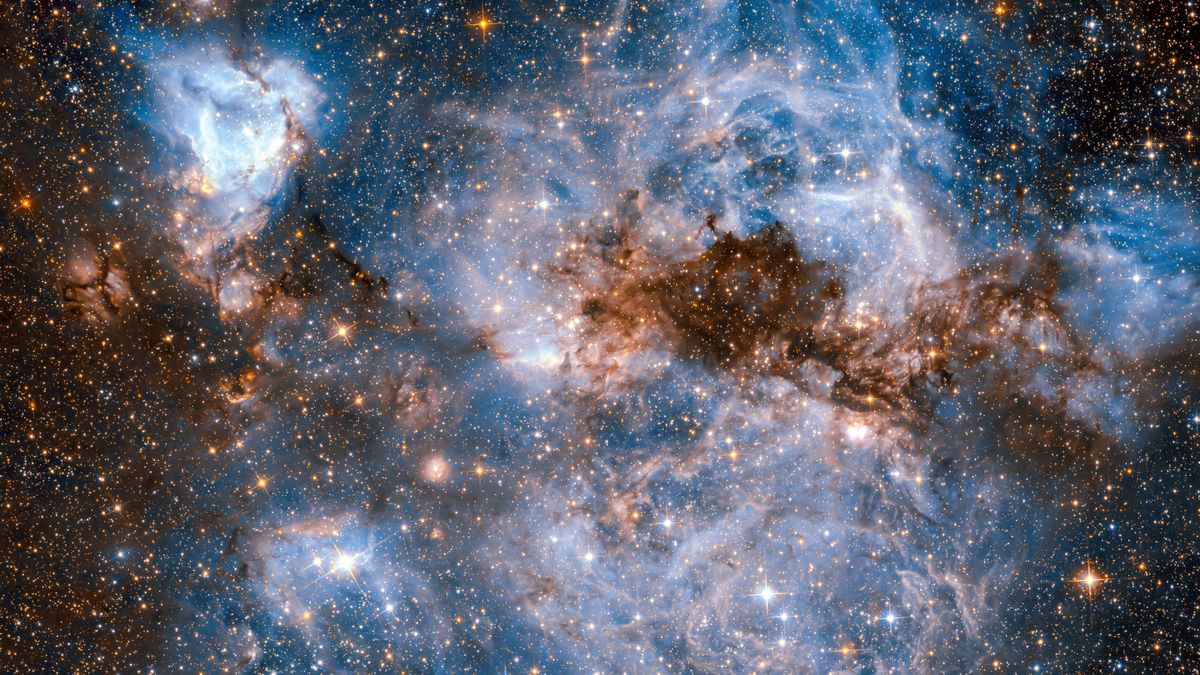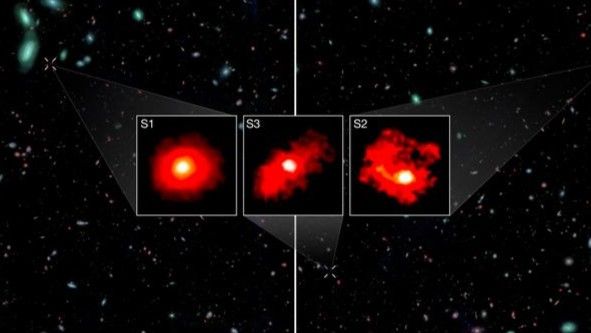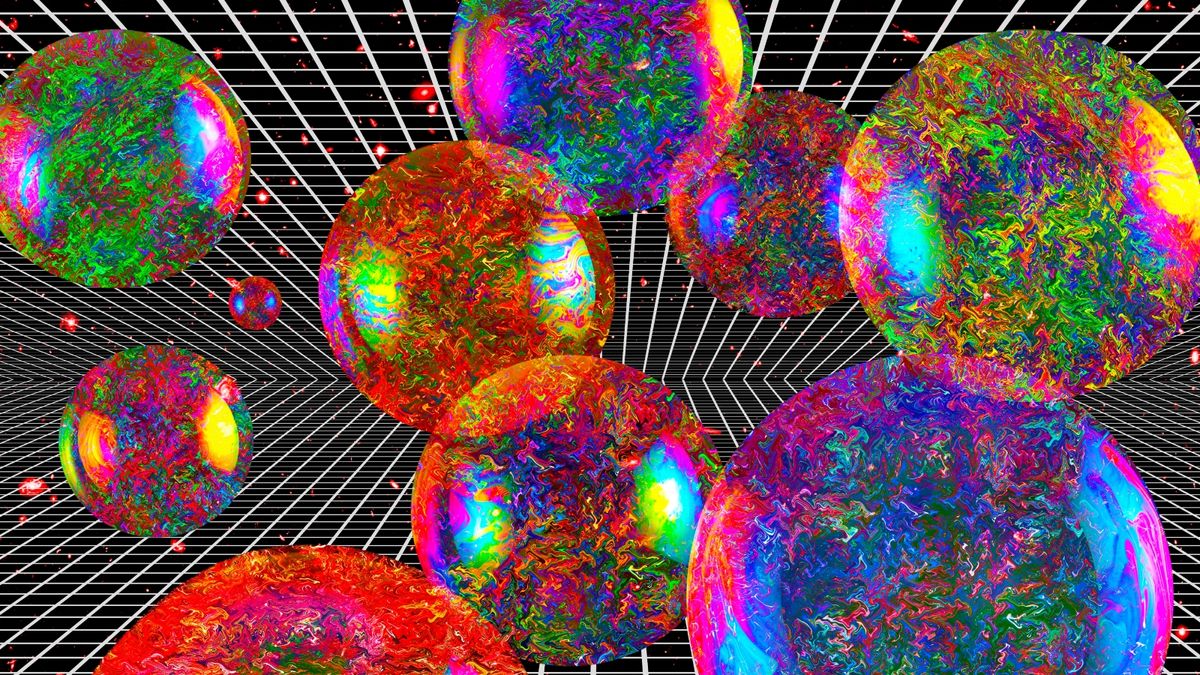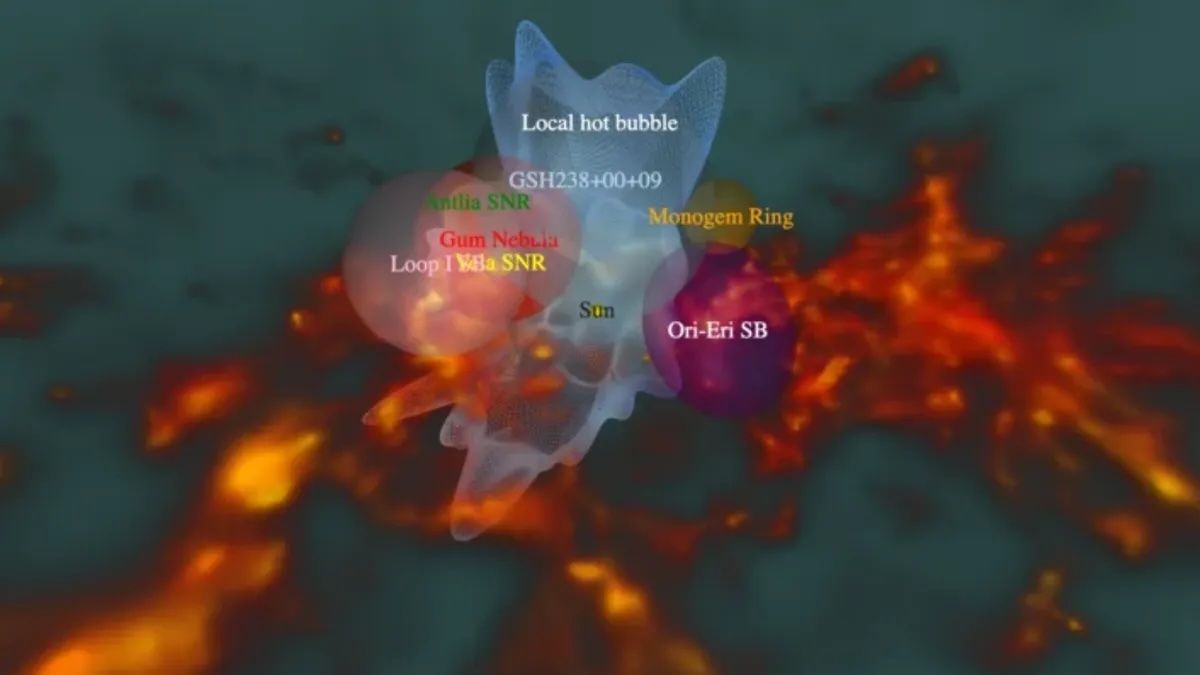Stargazers enjoying the splendor of August’s “Sturgeon Moon” — which is also a blue supermoon — on Aug. 20 may have noticed something peculiar: a planet disappearing from the sky.
In the wee hours of the morning, the moon occulted — or completely passed in front of — the bright planet Saturn, appearing to snuff the ringed world’s light for more than an hour. The rare lunar occultation of Saturn was visible only from parts of South America, Europe and Africa. But if you missed it, don’t worry — astrophotographer Josh Dury managed to capture the entire event from his perch in Somerset, England.
Taken between roughly 4 and 5:30 a.m. local time (11:00 p.m. to 12:30 a.m. EDT), Dury’s image combines 30 individual shots into a single epic time lapse that charts the full course of the lunar occultation. Saturn’s rings are clearly visible as the planet slides behind the northwestern limb of the full moon, reappearing in the east about an hour later. Although the two objects appear to share the same patch of sky, Saturn is in fact hundreds of millions of miles farther away, making the occultation a cosmic optical illusion similar to a solar eclipse.
The moon appears especially large and bright right now because it’s a supermoon — a full moon orbiting within 90% of its closest point to Earth, also called perigee. At perigee, the moon can appear about 15% bigger in diameter than it does at its farthest point from Earth (apogee) and can look noticeably brighter as well, according to NASA. August’s full moon is the first of four consecutive supermoons, giving skywatchers plenty of chances to appreciate our lunar companion this fall. Make sure you have a pair of stargazing binoculars or a good small telescope to get the most out of the moon’s upcoming close-ups.
Related: The 10 best stargazing events of 2024
If you missed the occultation of Saturn this week, you may have a chance to spot the next one in September, depending on where you live. In the early hours of Sept. 17, the moon will again appear to gobble up the ringed planet. This time, viewers in parts of Australia and the western United States will have the best view, according to In-the-Sky.org.
This has been a busy month for stargazers, with vibrant auroras, a planetary conjunction and the Perseid meteor shower all lighting up the night sky. Just one week ago, Dury trekked to the astronomically appropriate site of Stonehenge to capture dozens of “shooting stars” falling over the ancient monument, where he took another gorgeous composite image of the dazzling sky show.
There are still plenty of skywatching events to come in 2024, including some of the year’s best meteor showers. So get out, look up and enjoy.





